I’m becoming more and more interested in informal models of education — specifically, in the kinds of informal education that take place outside of educational institutions, and that aim at teaching people skills that aren’t always taught in schools, and providing spaces for community and conversation as well. And, ideally, food. For instance:
- Someday I want to visit the Brooklyn Brainery, which offers what they call “accessible, community-driven, crowdsourced education.” I would absolutely love to take their classes on beekeeping, filling oneself with wonder, the secrets of the New York City subway system, and the history of Scotch. And if I lived anywhere nearby I’d volunteer to teach knitting, opera appreciation, and Intro to Shakespeare’s Plays for People Who Were Put Off by it in High School.
- If I lived in London I’d also want to check out the School of Life, founded by the writer Alain de Botton, which offers short classes (and talks, and dinners) “concerned with how to live wisely and well.” And they offer a bibliotherapy service! “Bibliotherapist” is definitely on my list of Best Job Titles Ever.
- This is more of a community center than an educational space, but the idea interests me so much I wanted to point to it anyway: PieLab, a “combination pop-up cafe, design studio and civic clubhouse” in Greensboro, Alabama. They’ve apparently moved away from the design side of things (and had some initial missteps and growing pains), but are still making pie, and teaching people how to cook.
- As part of my New Year’s resolution to learn something new every month, in March I took a class in letterpress printing at AS220, an art and community space in Providence with its own print shop (and a great restaurant, too). Now I have a stack of homemade greeting cards, and I know how to make photopolymer plates and print on a Vandercook press and set type by hand — which I loved doing, even when I kept screwing up my line lengths and confusing my b’s and d’s. Behold, the fruits of my labors on the last day of class!
In summary: learning new stuff is fun, and it makes me optimistic about the world to know that there are so many people out there sharing what they know and spreading the learning around.

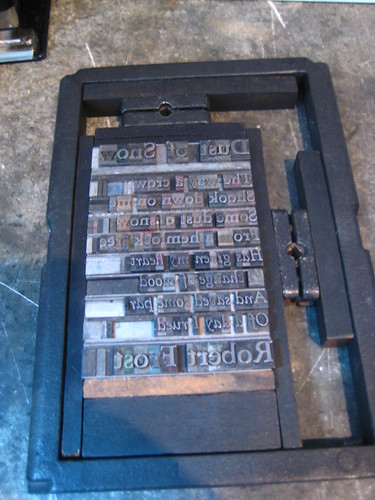
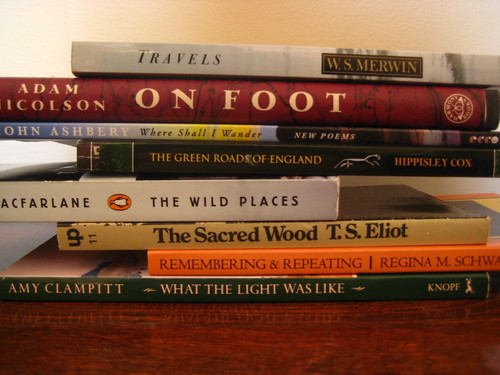

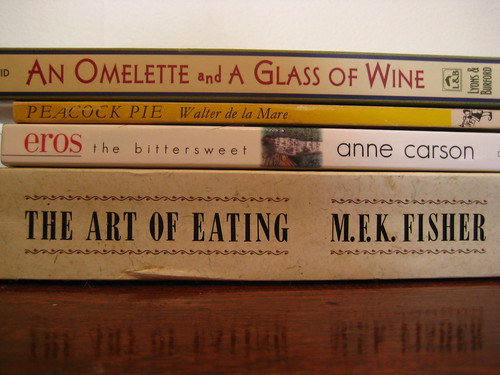
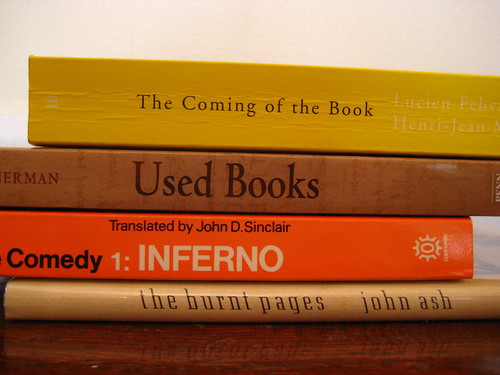
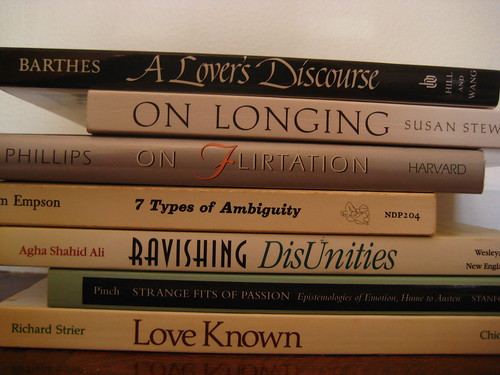

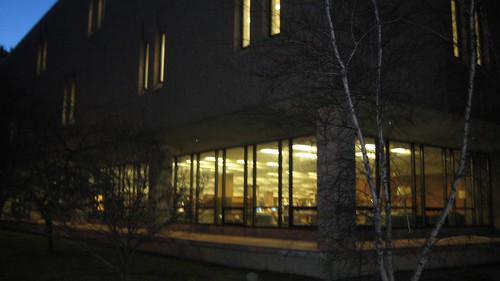
On mobility and the non-interchangeability of places: a rant
By Amanda on March 11th, 2012
It’s been a while since I read anything that pushed as many of my buttons — and made me scratch my head as much — as this New York Times op-ed piece by Todd G. Buchholz and Victoria Buchholz did. They begin with the claim that “Americans are supposed to be mobile and even pushy,” and go on to find, in a a number of recent trends, evidence that younger Americans are falling short of this supposed ideal of mobility. Younger Americans aren’t as willing to move across the country to pursue new jobs as previous generations were! They’re living with their parents! They’re not even bothering to get their driver’s licenses anymore!* They use the word “random” a lot, and they suspect that chance and luck may play a role in their chances of finding employment!** All of which, claim the Buchholzes, are signs that the younger generation suffers from “risk aversion,” “complacency,” a “sedentary” and “stuck-at-home” mindset. Which, in turn, are serious defects, because Americans are supposed to be mobile and pushy, goshdarnit!
I could spend a much longer blog post unpacking what I find problematic about all this, particularly the equation of driving with initiative and success, but I want to zero in on just one: that it’s somehow a sign of weakness, or something, that young people aren’t willing to move long distances for a job. Because that assumption’s been on my mind a lot lately, and it bugs the living daylights out of me.
The Buchholzes cite, as a representative example, an anecdote related by John Della Volpe of the Harvard Institute of Politics: “I spoke with a kid from Columbus, Ohio, who dreamed of being a high school teacher. When he found out he’d have to move to Arizona or the Sunbelt, he took a job in a Columbus tire factory.” According to the Buchholzes, that kid is being downright un-American not to move to Arizona. Their assumption seems to be that there’s no reason why a person should be attached to a particular place, or why one place might be any more desirable than another. Arizona, Ohio, what’s the difference? Why not go for the better job?
Except there is a difference. No matter how many of the same chain stores are in both places, the Southwest and the Midwest are not identical and interchangeable. I lived in the Midwest for eleven years, and for most of those years I really missed the East Coast where I grew up. Small towns will never be “home” for me the way large cities are, just as the places I love might feel completely wrong to someone from California, or Texas, or Minnesota, or to someone who loves open spaces and quiet. And I have a hard time seeing how that’s a character flaw.
Place matters when you’re trying to decide what to do with your life. And so do the support networks that exist or don’t exist in particular places. What if that kid in Columbus, in addition to liking the place, doesn’t want to leave behind everyone he knows, particularly in tough economic times when being with friends and family will help keep him sane, and maybe provide a bit of a safety net as well if he needs one?
A couple of months ago, Karen G. Schneider at Free Range Librarian wrote a post about finding one’s “place” that resonated a lot with me:
This. If you’re living somewhere that doesn’t feel like your home, ordinary problems setbacks are much, much harder to bear. Is it really so difficult to understand why someone who loves Ohio and has lots of ties there wouldn’t want to relocate to Arizona?
If younger people are figuring this out at an earlier stage in their lives, then you know what? Good for them. Maybe the world they grow up to shape will be a kinder and saner place.
* I have a whole other rant about the equation between not driving and immaturity in the popular media. Someday I’l get around to posting it.
** One wonders if either of the Buchholzes has attempted to find a job lately. Because you know what happens when you look for work in an economic downturn? You get rejected over and over and over, and sometimes you’re told that there were hundreds of other applicants for the job you applied for. And you can choose to believe that your success is entirely owing to your efforts, but the flip side of that is believing that your failures are also entirely owing to you. (I speak from personal experience when I say that that’s the readiest and easiest way to fall into a pit of despair.) Or you can choose to preserve your sanity, and acknowledge that when you’re competing with a vast pool of other equally talented and qualified applicants, the selection process can be somewhat arbitrary. (Academic job-searchers have known this for decades, but now the rest of the workforce is catching up.) And the Buchholzes are surprised that people take the latter view? Good grief.